Intro
Also called Maremmana, the Maremmano breed is indigenous to Italy and was bred during ancient times in the marshy areas between Pisa and Caserta.
Read more

Also called Maremmana, the Maremmano breed is indigenous to Italy and was bred during ancient times in the marshy areas between Pisa and Caserta.
Read more
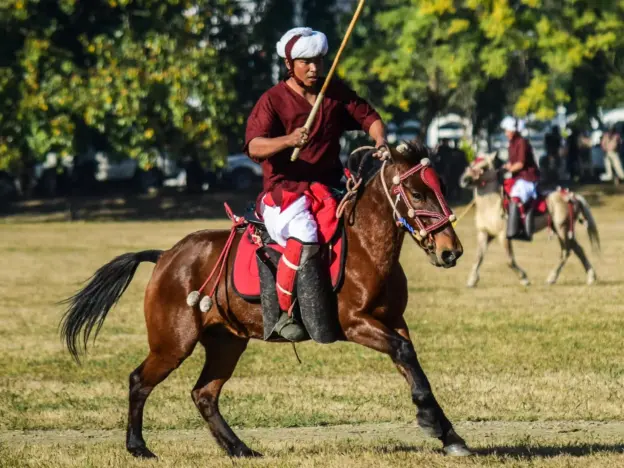
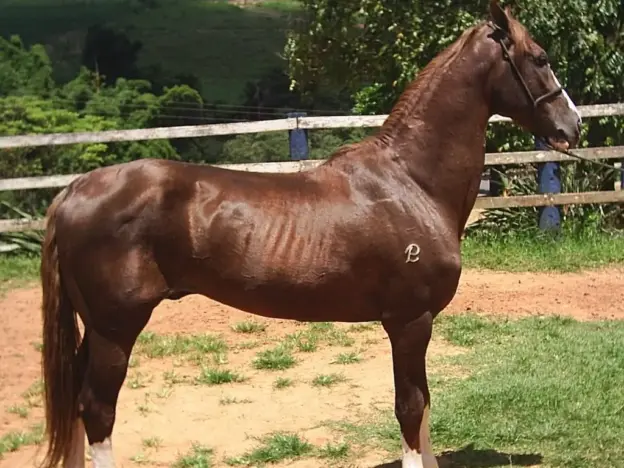
The Mangalarga Pulista is a breed that was developed from the Mangalarga Marchador breed in Brazil, so their history is very similar.
Read more
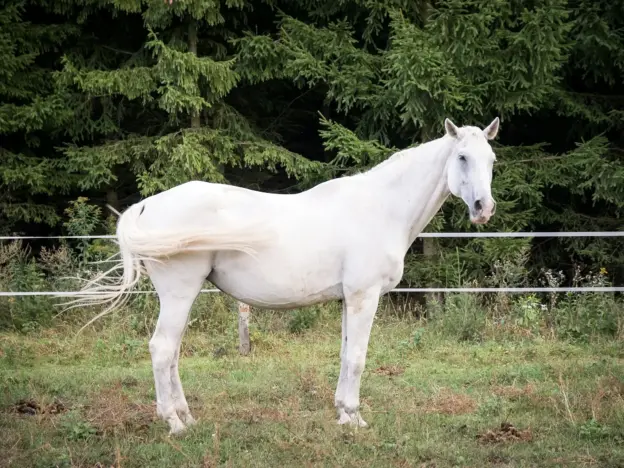
Also called the Little Poland Horse, the Malopolski is an Anglo-Arabian that is bred in the southwestern regions of Poland.
Read more
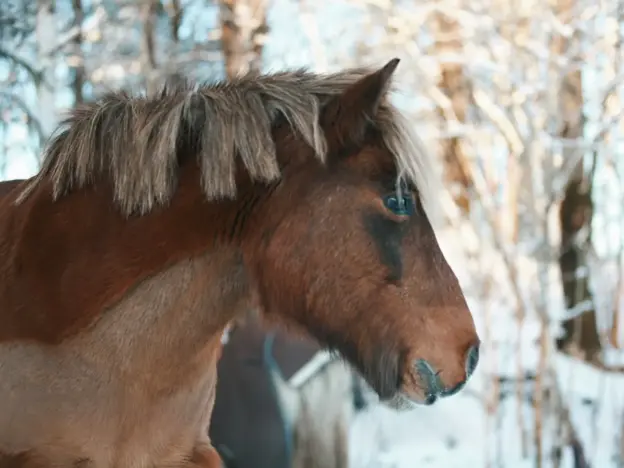
Also called the Northland Pony, Nordland Pony, Nordlandshest and Lyngshest, the origins of the Lyngen Horse are a mystery.
Read more
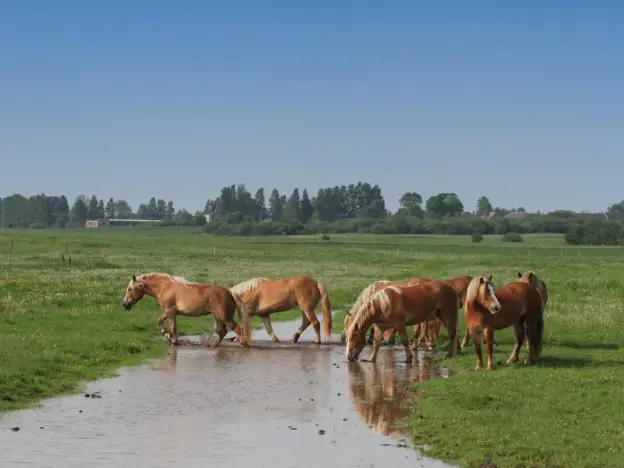
Also called Lietuvos Sunkieji, the Lithuanian Heavy Draft comes from Lithuania and is one of the more handsome of the draft breeds.
Read more
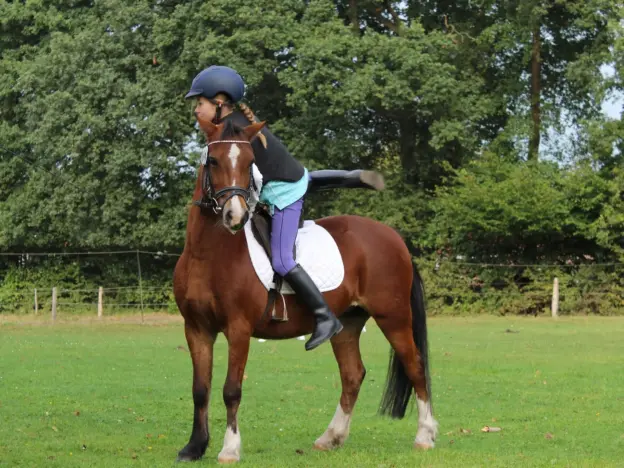
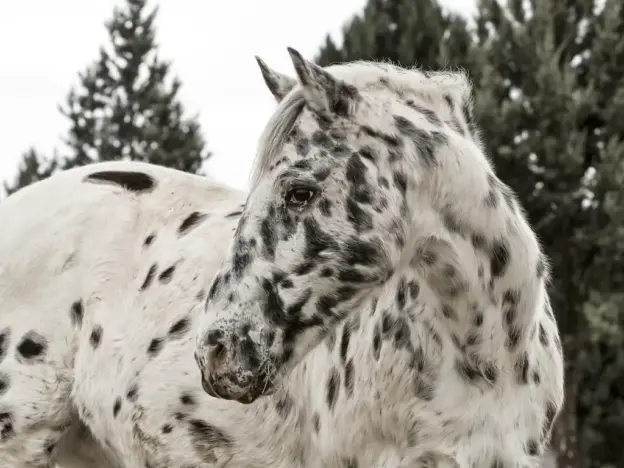
In a world full of solid colored warmbloods, the Knabstrupper is the eclectic cousin of the bunch. From the same spanish bloodlines as the appaloosa, they are found displaying all of the appaloosa white patterns.
Read more
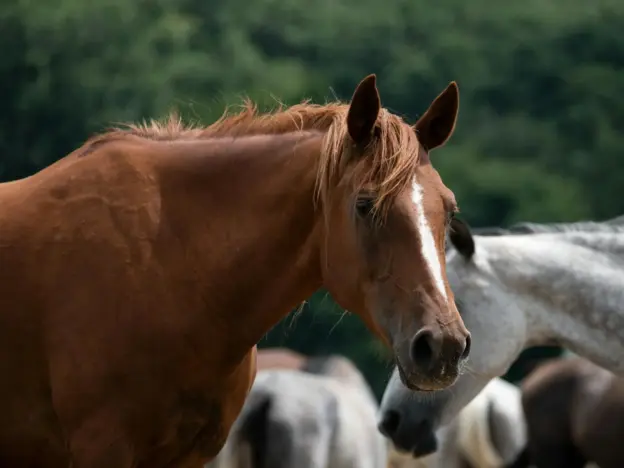
Also called Kisber Felver, the Kisber Halfbred was developed at the Kisber Stud Farm (est. 1853) in Hungary. The goal was to replace the often high strung English Thoroughbred with an animal that was more versatile to upgrade local stock.
Read more
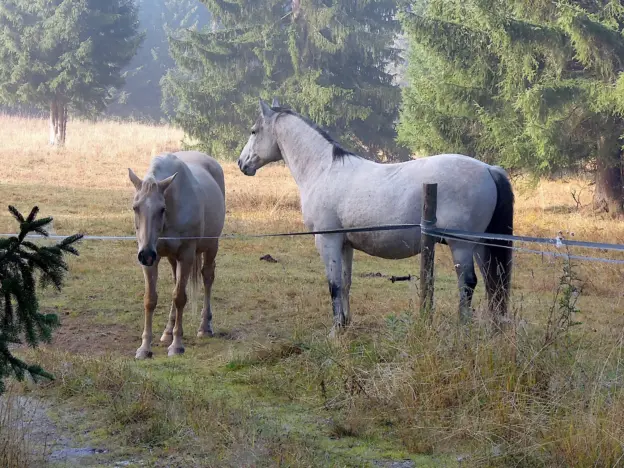
Also known as the Golden Horse of Bohemia and Equus Kinsky, the Kinsky Horse comes from the Czech Republic and was Europe’s first warmblood sporthorse. Today their numbers are so low they are one of the most threatened species of equidae.
Read more